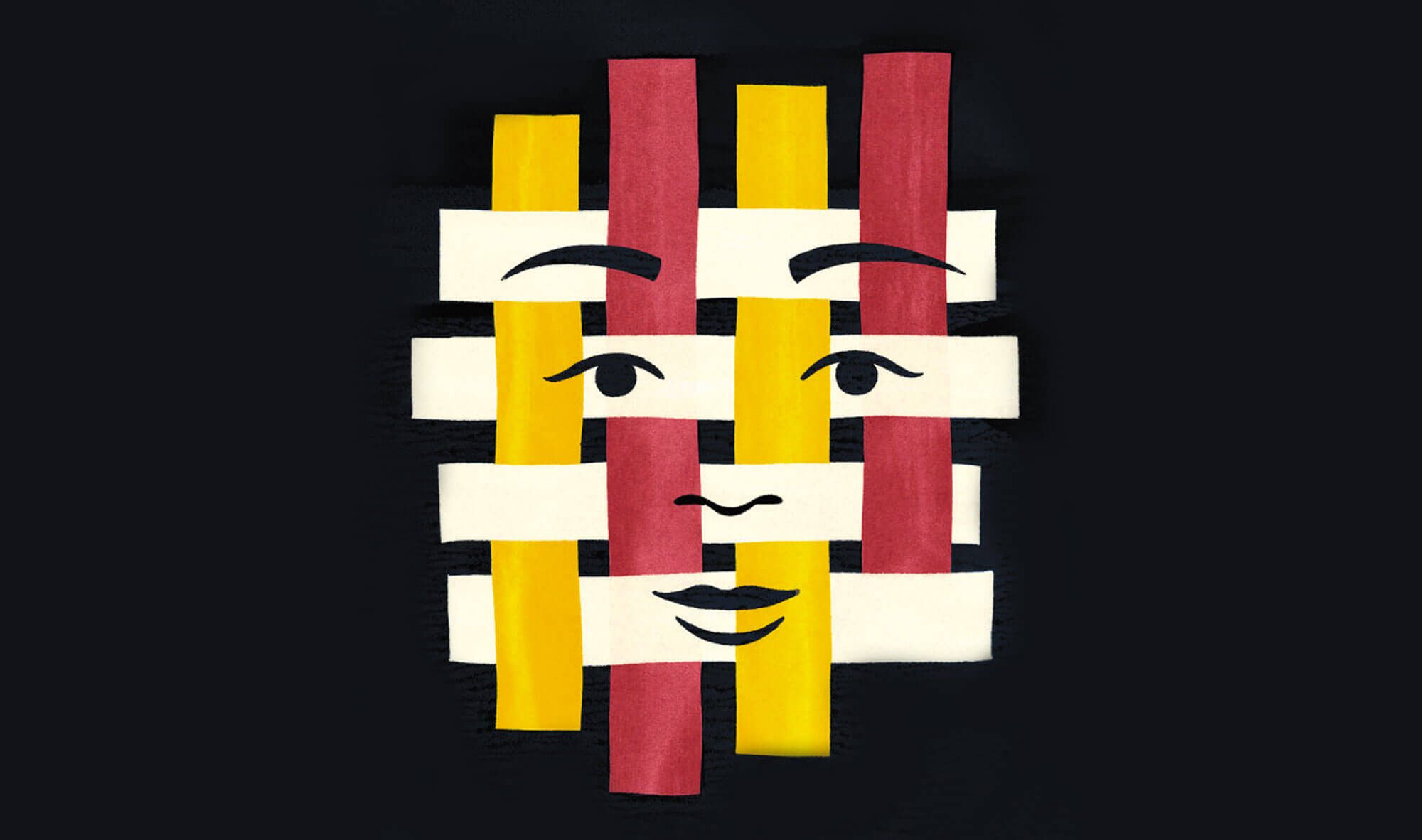How cognitively diverse teams can thrive

While groups of people from different backgrounds with different ways of thinking can excel at creativity and innovation, past research has suggested there’s a trade-off to this cognitive diversity.
“A core idea in the literature is that cognitive diversity gets in the way when a team needs to buckle down and execute, because people who think differently are apt to talk past each other,” says Professor Sameer Srivastava.
Social scientists have proposed workarounds, such as suggesting managers change the composition of teams depending on the task. Yet Srivastava and colleagues call into question the very premise that cognitive diversity is a double-edged sword. In a paper based on analysis of 800,000 messages from teams of software developers, they show that the most successful teams can vary their levels of cognitive diversity to match varying task requirements.
“Teams have a latent level of cognitive diversity based on the way individual members are wired,” says Srivastava, the Ewald T. Grether Chair in Business Administration and Public Policy. “Yet group cognition isn’t static: It emerges via interaction.”
Srivastava and his co-authors—Katharina Lix, Amir Goldberg, and Melissa Valentine, of Stanford—employed natural language processing to measure the cognitive distance between 421 members of 117 teams of freelance software developers working for Gigster.com, a collaboration platform.
“Each project milestone involved coordination, then ideation, then coordination again,” Srivastava says. “Teams that were able to modulate their diversity in this manner did better overall.”
Moreover, the teams that made these transitions in lockstep with one another were most successful. The researchers are now studying how to train teams to effectively manage cognitive diversity.
“You could imagine leaders who are aware of when these shifts are happening and encouraging people to be more freeform or constrained in how they are expressing themselves depending on the stage of the project,” Srivastava says.